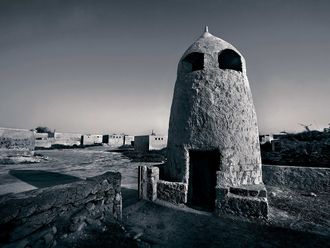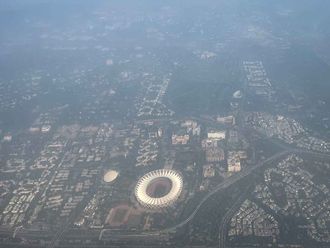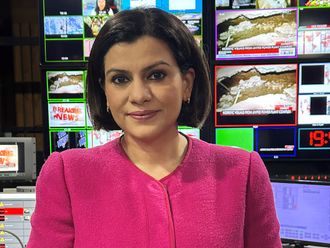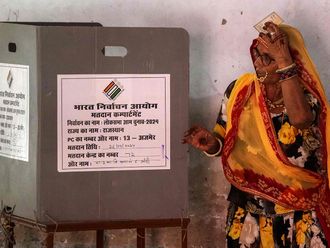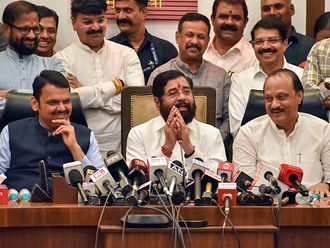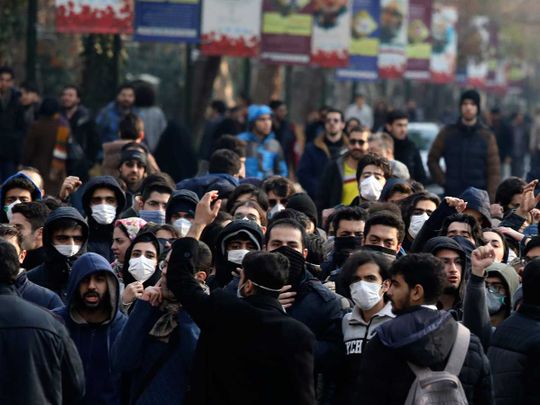
In the past two weeks, Iran, a country of 80 million people, has moved from the shock and grieving over Maj. Gen. Qasim Soleimani’s assassination and the fear of imminent war with the United States to the outrage over Iranian missiles mistakenly shooting down a Ukraine jetliner and killing the 176 people on board. Vigils for the passengers killed in the crash turned into massive anti-government protests in Tehran and other parts of the country.
The intense chain of events combined with the fiscal precariousness created by American sanctions and undying anxiety about potential military conflict with the United States have knocked the wind out of everyone living here.
Posters remembering the victims of the Ukrainian flight hang alongside the innumerable images of General Soleimani in Tehran.
On a recent afternoon I walked over to the Grand Bazaar along the 15th Khordad, a main thoroughfare. On a normal day, the 15th Khordad presents the appearance of a carnival of small stores, porters, juice stands and hustlers of dollars and euros. In the past two weeks, everyday business has come to a halt. Horse carriages wait in vain as there are no tourists to drive around; shop criers turn hoarse shouting prices of perfumes and colognes few Iranians can afford to buy.
Average Iranians as well as state officials are torn between thoughts of revenge and bereavement, dissent and extinguishing the current internal and external crises.
I stopped by to see Heydar, a wholesale clothes dealer. He volunteered that he hadn’t had a single sale in three days. A short walk down the street, I caught up with Ali and Babak, two young men on the make, who run a store selling their tastefully self-designed hoodies. And like, Heydar, Ali and Babak had gone without any sales.
Ali, a citizen of both Iran and the United States, was worried about how a war would affect his dual citizenship. More than 100 people of Iranian descent have been held and questioned for hours at Washington’s border with Canada and the Trump administration has revoked visas of several Iranian students upon their arrival in the United States since the American air strike that killed General Soleimani, who was considered a national hero by most Iranians for keeping the country safe from the spectre of Daesh [the self-proclaimed Islamic State of Iraq and the Levant] in neighbouring Iraq and Syria.
The fear of conflict with the United States dominated the mood. Abbas, a 29-year-old who works for Ali, said: “My father called me from our village in the south. He said if I don’t come back and sign up to go to war, he’ll go in my place.” A former Revolutionary Guards officer maintained that large numbers of Iranians had been dropping by military posts to enlist to fight, in case of war.

Iranians will see the assassination of General Soleimani as the second watershed moment in their difficult history with the United States — the first being the coup orchestrated against Prime Minister Mohammad Mosaddegh by the CIA in 1953.
A lot of talk of revenge followed the assassination of General Soleimani. After nobody was killed by missiles fired by Iran at bases in Iraq housing American troops, there was a mixture of being both underwhelmed and relieved. Tehran and Washington spared us an apocalyptic war.
But the sense of turbulence here has not diminished. It is as if the city and the country are bursting at the seams with tragedy after tragedy. A large number of passengers on the Ukrainian flight were dual citizens of Iran and Canada. Justin Trudeau, the prime minister of Canada, forthrightly noted, “I think if there were no tensions, if there was no escalation recently in the region, those Canadians would be right now home with their families.”
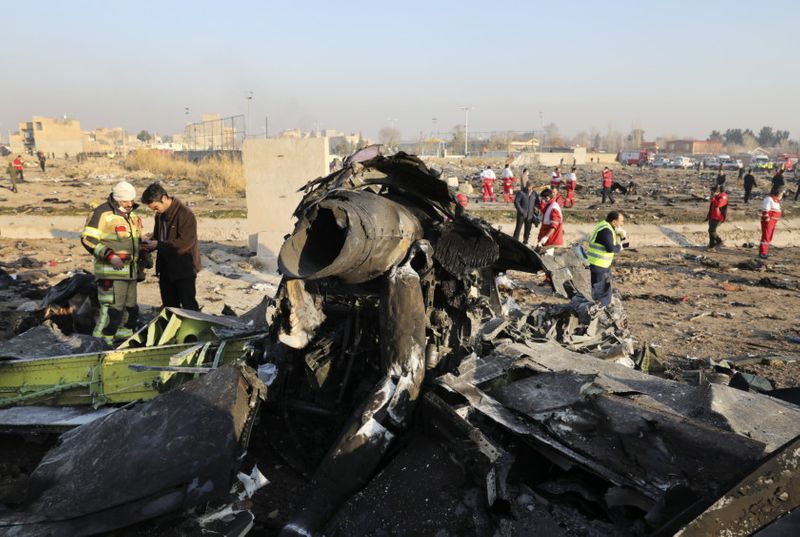
Many fear that tragedies like the shooting down of the airliner would pale compared with the horrors a war between the United States and Iran would unleash.
Iran is in the midst of a decisive argument with itself. The people who poured out into the streets in November because of the sharp jump in the price of petrol, the people who choked the streets of Tehran, Ahvaz, Mashhad and Kerman mourning General Soleimani while shouting anti-American slogans, the people who again came out this week to protest the shooting down of the Ukrainian jetliner and the false statements by officials before an admission of error by the Iranian government, they all are Iranians engaged in a struggle for the soul of a nation.
It is uncharted territory for every one of them, exacerbated by the unbearable threat of a war with the United States that may diminish at times but never goes away.
What Iran does with itself is ultimately the business of Iranians. They don’t wish President Trump to rub salt into their recent wounds as he tweets about the “brave, long-suffering people of Iran”. Nowhere has this been more evident than a statement by the protesting students at Amir Kabir University who, while condemning internal suppression, let it be known: “During the past few years, America’s presence in the Middle East has produced nothing but increasing insecurity and chaos.”
And in the cafes, on social media, in universities and on the streets, average Iranians as well as state officials are torn between thoughts of revenge and bereavement, dissent and extinguishing the current internal and external crises.
— Salar Abdoh, an Iranian writer, teaches at the City College of New York


